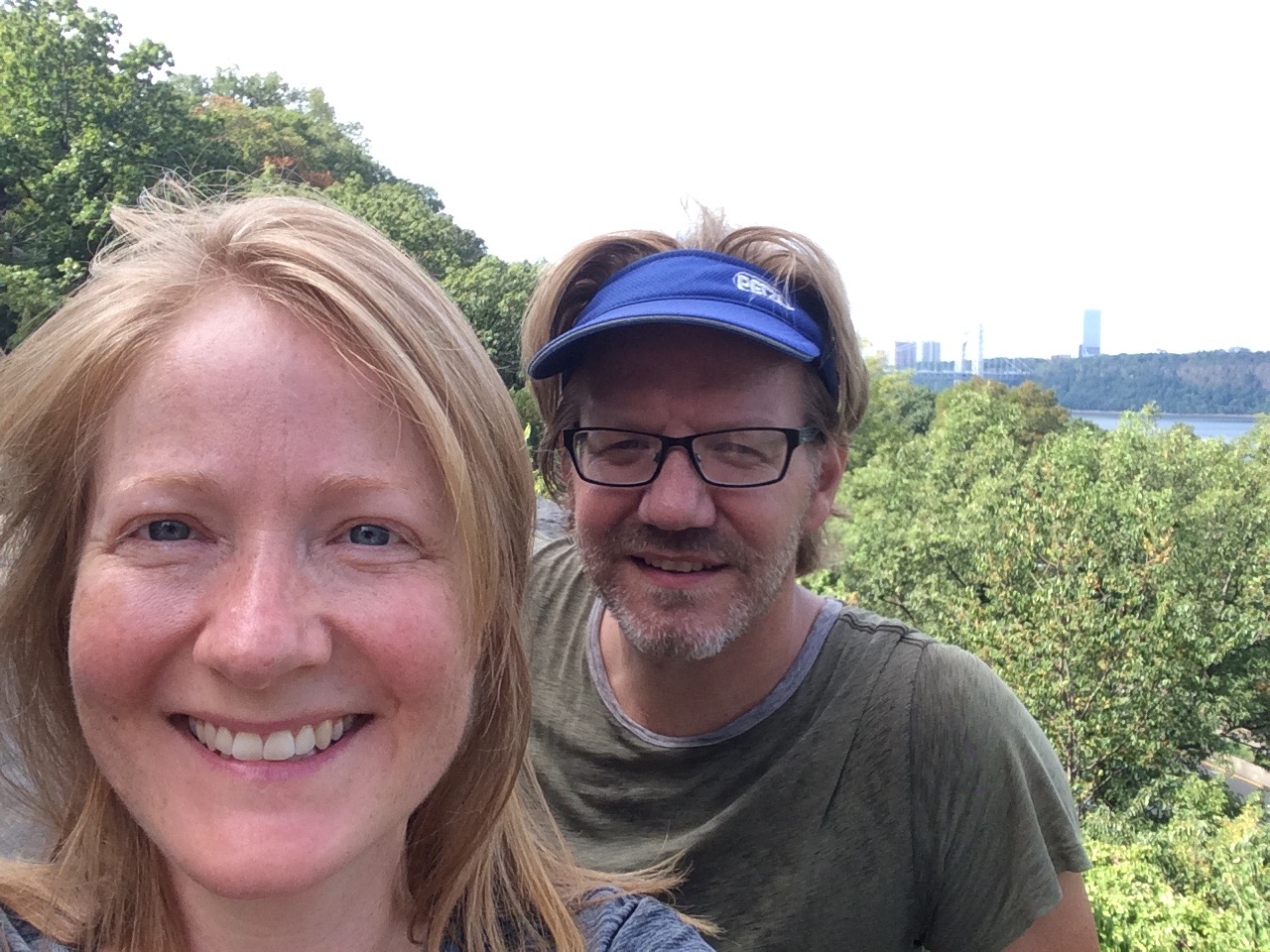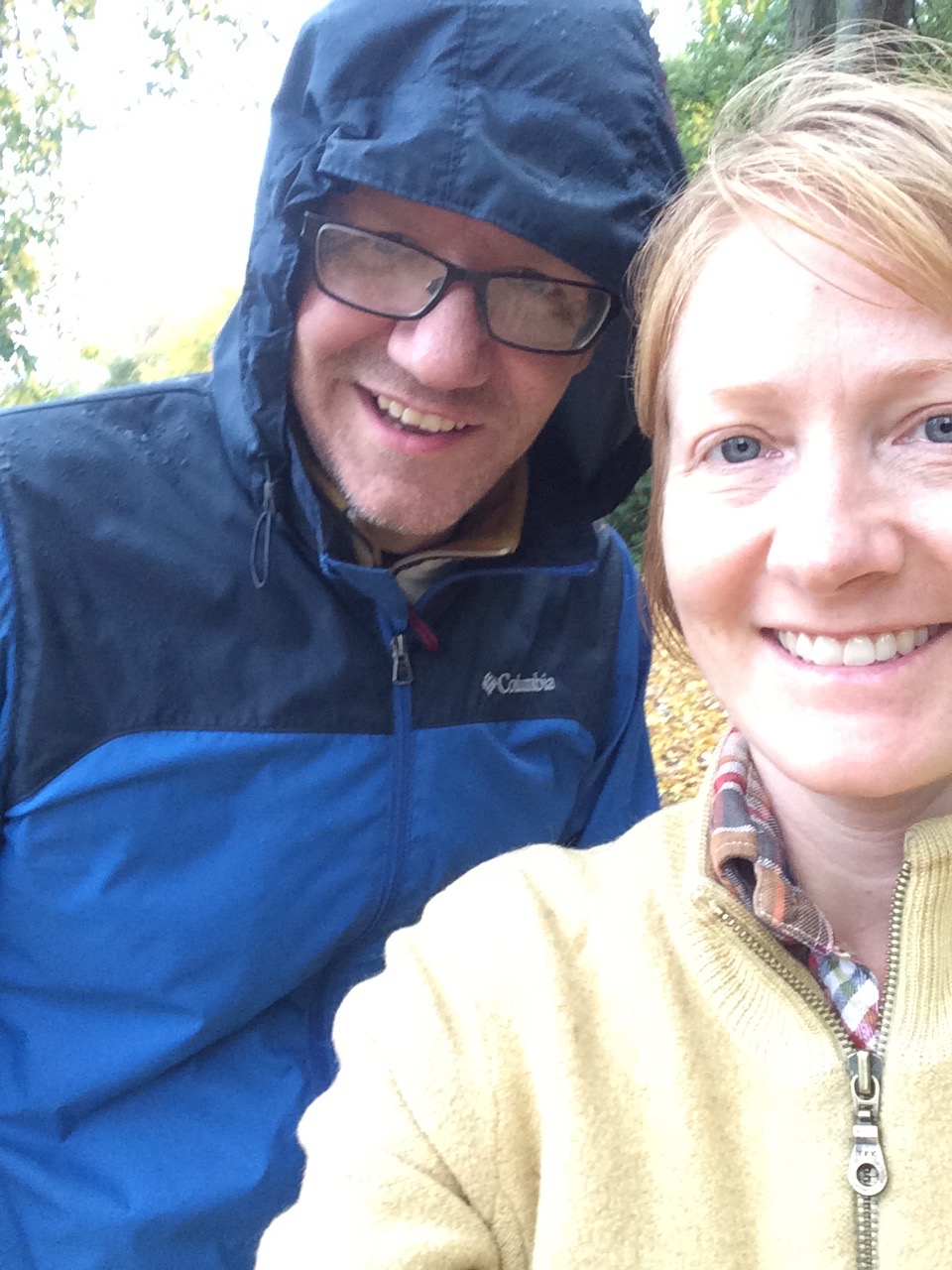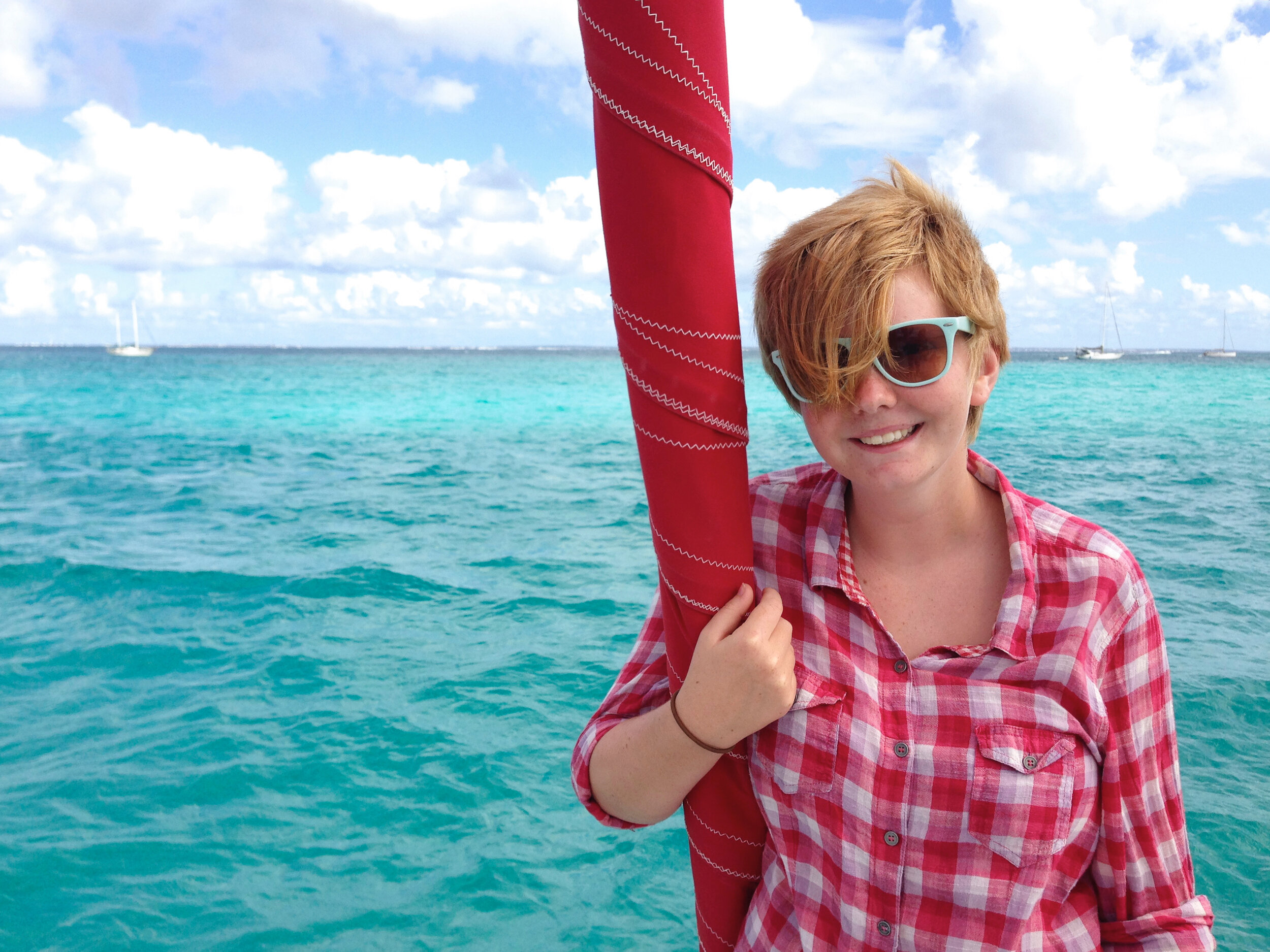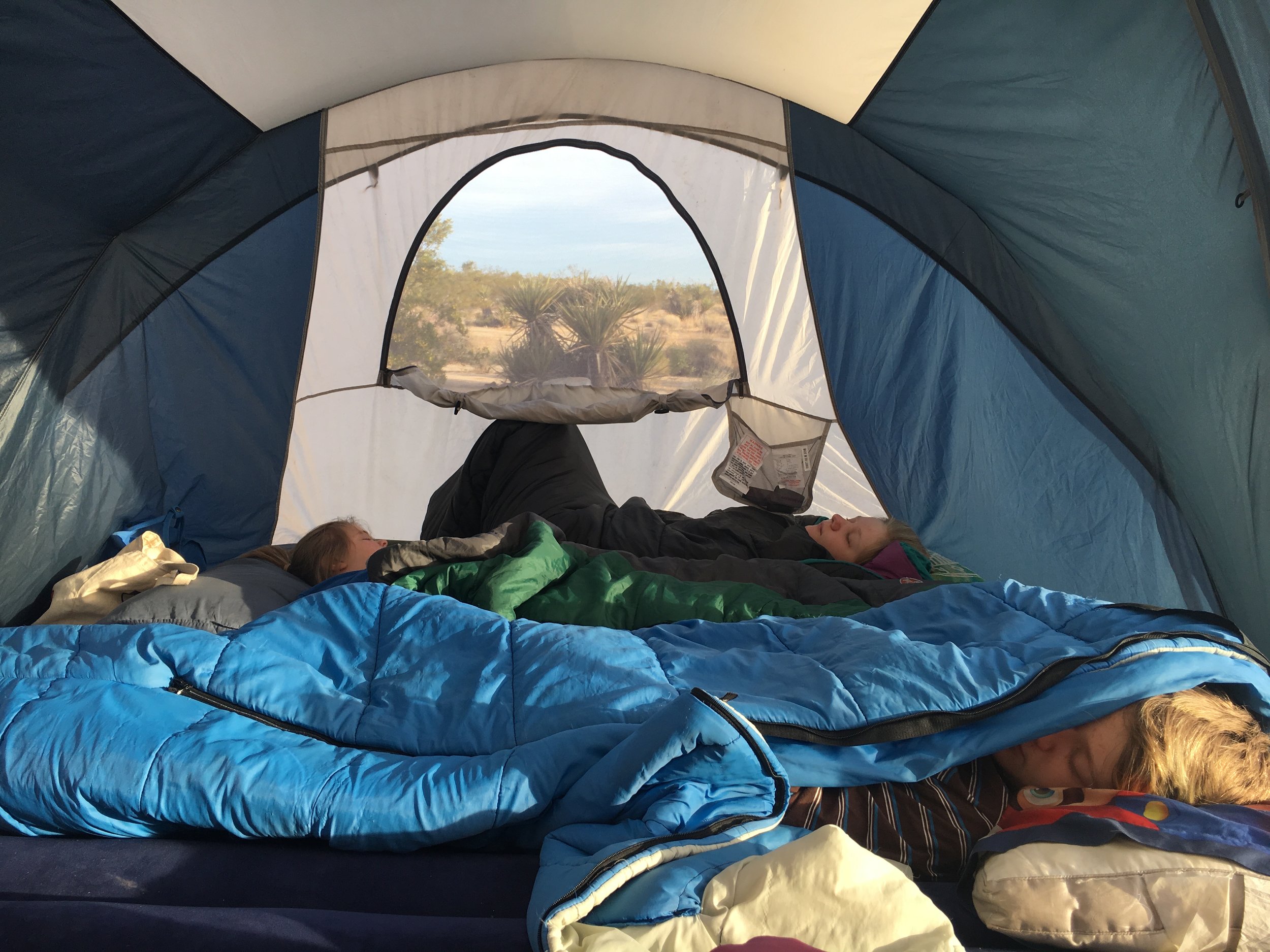Set Your Autopilot- 5 of 7 - Dreaming with Discipline
/by EMILY ORTON
In July 2018, we were interviewed on The Progress Project podcast. We talked about living a better story. The hosts, Kristin and Laura, asked us some great questions. I want to focus in on this one:
Do you have any advice for those who feel like
they’ve been living on autopilot?
Autopilot in action, St. Martin 2014
Autopilot is Your Friend
When we were living aboard s/v Fezywig, autopilot was our best friend. If you’re just tooling around in a 20-foot daysailer with no motor, it’s fun to always have a hand on the tiller. If you’re trying to cross 80 miles or 500 miles day and night, like we did, hand steering will drain your energy fast. Autopilot is a tool that can preserve your energy and help you stay on course towards your island of choice.
In this Dreaming with Discipline series, we’ve talked about choosing an island—a goal—that’s in your heart, but outside of your comfort zone. We’ve talked about charting a course by making a space to gather information. We’ve talked about casting off before you know everything because life is not a dress rehearsal. Last week, we navigated out of the harbor by scouting things out and taking baby steps then coming back to the dock and heading out of the harbor again multiple times.
Are You in Default Mode or Deliberate Mode?
To stay on course efficiently you need autopilot. Autopilot can be a tool or it can be a trap. The difference is you. Are you in default mode or deliberate mode? Autopilot will serve you best if you are deliberately choosing the routines and habits that will point you in the direction of your goals.
For example, I value autonomy and relationships. One way I hope to maintain both is through a sustainable healthy lifestyle. I’ve chosen that island and now I’ve set my autopilot by deliberately building both into my life as part of my morning routine.
We’ve read several books that advocate morning routines. Some of our favorites are: The Artist’s Way by Julia Cameron, Twyla Tharp’s, The Creative Habit: Learn It and Use It for Life, and Daily Rituals: How Artists Work by Mason Curry.
One thing we learned about habits is that if you already have one, it’s easiest to add onto that-like building with Legos. We always wake up. Every day, it’s the first thing we do. So we started there—wake up. Then we added onto that.
Our Morning Routine




Basically, six mornings a week, Erik and I walk two to three miles—wherever we are in the world. We use this time to talk about whatever needs to be discussed. At the top of the hill, Erik does sets of pushups and stretches. I do pushups and squats. At home we each have short routines we do with weights. We eat the same breakfast every day (a small bowl of plain bran flakes with whole milk--Erik adds raisins.)
Even before we started dating, we took walks together. About three years ago, we decided to make it part of our weekday routine. Neither of us did pushups or pull ups or pop ups. Our only mandate was to put our shoes on and walk outside. Our stamina expanded from there. We got so comfortable with this habit that it slid into Saturday as well.
The Truth is Boring
Doing the thing wherever we are - Eagle, Utah April 2018
This is the honestto gosh boring truth of how we get anything done. This is how we wrote a book together. This is how we nourish our marriage and raise our children. We wake up and flip on our pre-set autopilot.
Life doesn’t grow like mushrooms, springing up overnight. Habits are the micro-work that add up to the difference between getting where you’re going and not. The great news is habits are simple incremental and they compound over time.
Lahti, Finland - September 2018
If you’ve already got some good habits, you can build on those. If you’ve already got some bad habits—congratulations! You know you can do this habit thing. Now you just need to put that skill set to work foryou instead of against you.
We have weekly routines and monthly routines. We have annual routines, usually called traditions. We routinely reconsider our routines to make sure we’re headed toward our goals. But you can overdo it.
Last year, I adhered to my routine every hour of the day for two straight weeks. I realized I need some free time in my routine. I can’t be happy if I haven’t built in opportunities to explore new ideas in books, podcasts, documentaries or conversations. I realized I needed more time with friends. I adjusted my autopilot so that my routines were sustainable.
Waking Up in Joshua Tree National Park, April 2018
While our life is nothing like a finely tuned watch, a large part of how we get where we are going is by rigging our routines to take us where we want to go. It all starts with waking up.
Week 1 – Choose Your Own Island
Week 2 – Chart Your Course
Week 3 - Cast Off
Week 4 - Navigating Out of the Harbor
Let’s Talk
We’ll talk about Navigating Out of the Harbor next Saturday. In the meantime, please join us on Tuesday, February 19th at 1pm (ET) for a FB Live discussion about this post. If you can’t make it at that time, you can watch the recorded discussion on the Fezywig Facebook page.
Also, we’re excited to announce that the ebook/Kindle version of Seven at Sea is now available to order. So for those of you who live on the go or who just hate paper, here’s your big chance, Seven at Sea, the digital book.
Get Digital
































